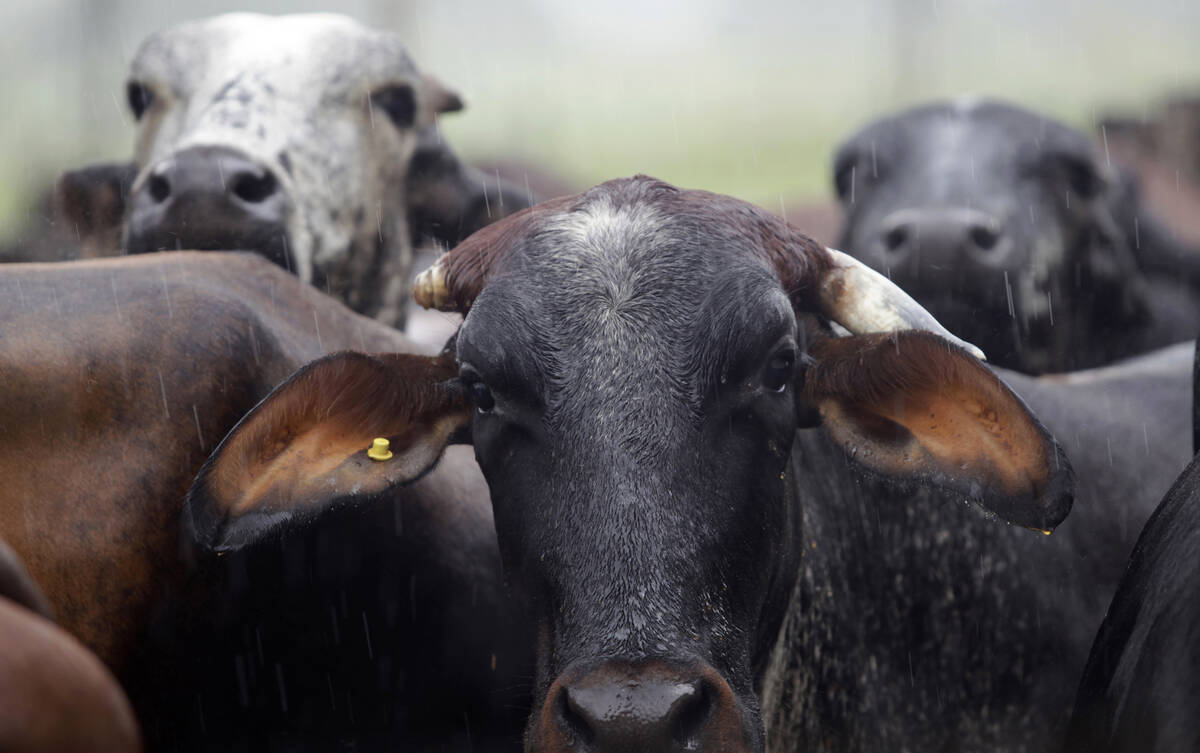RED DEER Ñ If climatologist Art Douglas is correct, prairie farmers can expect a repeat of last year’s weather with its cool, dry spring and average summer conditions.
As well, the drought that plagued the North American plains from 1998-2004 has shrunk in area, providing a respite to dried out pastures and croplands.
Douglas, who works at Creighton University in Omaha, Nebraska, and provides long-range forecasts for agricultural business groups, said the dryness originating in the United States is likely to extend as far as Calgary, with wetter conditions in central Alberta, most of Saskatchewan and Manitoba.
Read Also

Global meat packer prepares for cattle shortage
Brazilian meat packer JBS is preparing for a likely shift in the country’s cattle cycle that could lead to reduced availability of animals for slaughter next year.
“The drought has definitely shrunk in size and it is an American drought,” he said during the Alberta Beef Industry conference in Red Deer Feb 19.
Precipitation will be below normal for eastern Montana, eastern Alberta and northwestern Saskatchewan while northwestern Alberta should experience above normal rain.
Douglas predicted most of the U.S. and Eastern Canada will be near normal, but the Prairies can expect a relatively cool spring that could delay planting. Alberta and Saskatchewan can expect a cool summer.
Further east, precipitation will be above normal by as much as 20 percent from the Mississippi Valley to Saskatchewan and Manitoba. British Columbia is also expected to be wetter than normal this summer.
Forecasters are watching for the quasi biennial oscillation, a phenomenon where wind direction over the equator reverses from west to east and blows east to west.
“We don’t know why it occurs but we know it occurs on a cycle of about 24-26 months,” he said.
The winds are blowing in a westerly direction right now and could squash any El Nino effects. A change is due and it could result in wetter conditions from the southeast U.S. to the plains regions.
However, it could also cause drought, starting in Mexico, across the central Prairie and as far north as Hudson’s Bay.















